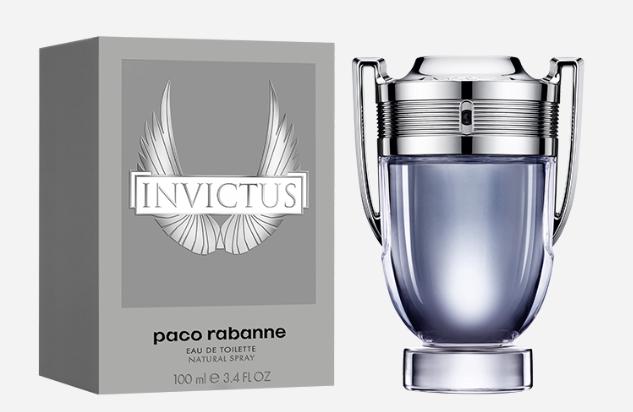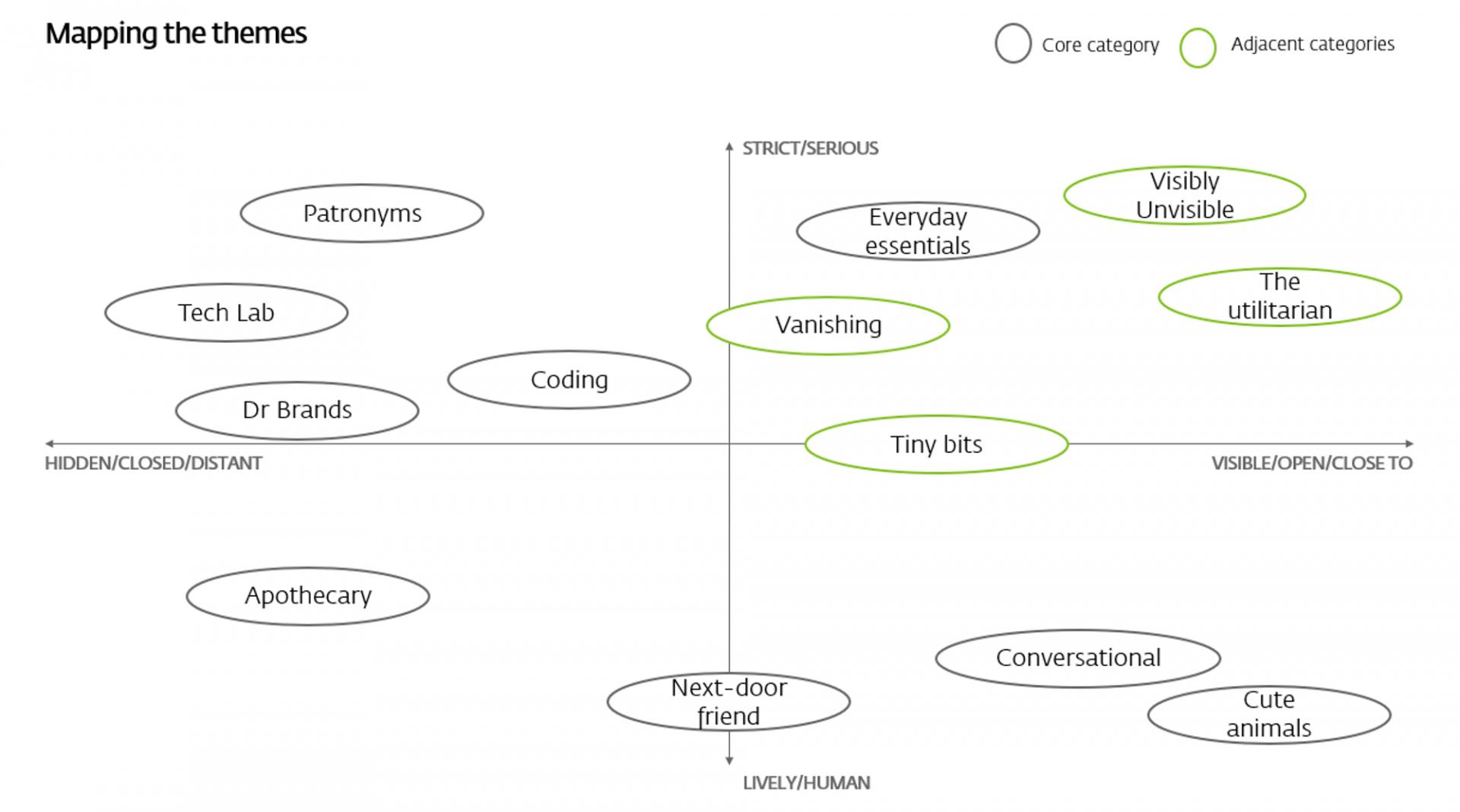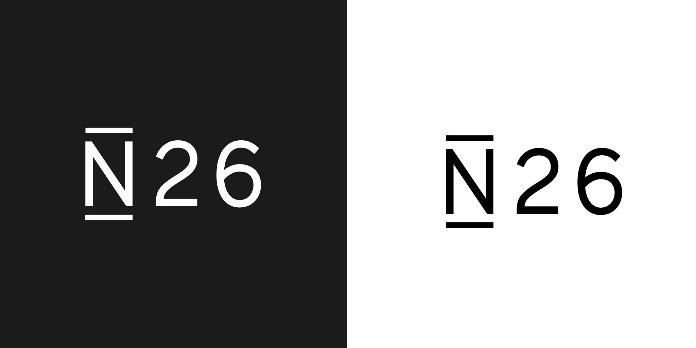

As the world changes continuously, so are naming trends and cultural landscapes. Airbnb, Uber, Netflix, Amazon, Google, Apple… Beyond their business success, these companies are also brands that have changed our naming landscape and influenced the art of naming, setting new trends. For example, Airbnb made it acceptable to use several consonants in French—something that previously felt distant and taboo—and now evokes friendly proximity and modernity.
As part of our culture, brand names represent ideas that impact the world. They seamlessly create conversations and moods, shape a perception, often unconsciously, like a virtual cloud. Take for example Invictus, the Paco Rabanne perfume, which literally means “unbeaten” in Latin. Even when you aren’t aware of why you feel a certain way when you see a certain name, your brain is making neuronal links for you. Hence, even without having learned Latin in school, Invictus brings images of victories, masculinity, power and Roman arenas. Some connections are common sense: like when the name is similar to a word. Some connections are cultural. These cultural connections are the most interesting because they go beyond the rational and they evolve over time.

Semiotics and Cultural Codes: Paco Rabanne’s Invictus Perfume (Source: Paco Rabanne)
How do we leverage these cultural associations in our brand name? This is where Semiotics can help.
Semiotics is the scientific study of symbols and signs systems. This exploration of cultural codes helps us understand how meaning is produced in our society. Language, signs and symbols are tools which brands can use to communicate their story. Because they address human collective symbols and meaning, and since naming is so inherently human, semiotics is a vital tool for brands to uncover and produce the right codes in their market in order to culturally resonate with their audience.
Practically, semiotics consists in answering two complementary types of questions, by navigating between codes (how) and meaning (what).
1. How do I express one idea in my cultural context?
Imagine we want to find the different ways to express the idea of easiness. By collecting a rich sample of brand names that convey this core idea in the client category but also in adjacent categories (EasyJet, HOP! Apple,…) we can define different routes to express this concept: a word from daily life (Apple), an onomatopoeia (HOP!)…

Expressing the idea of easiness: EasyJet and HOP!
2. What do these name types/codes convey in terms of meaning in our cultural context?
Let’s take again the Invictus example and another brand for men’s underwear named Impetus. Latin names with -us, -um ending used to express an idea of status, intelligence, authority. There are now becoming a way to express power & vitality.
Semiotics approach therefore gives brands inspirations but also directions to help you to connect the what (meaning) with the how (codes).
When you look at spring water brand names in France, you observe that, even if they are named after the town they come from, and sound like arbitrary names, many contain the VI syllable: VOLVIC, EVIAN, VITTEL, VICHY. VI echoes with “Vie”: life in French. This idea of life and vitality is a globally dominant code for water, the “source de vie”.
No brand is an island; every brand lives in a broader context inside which its competitors create a system of expressions, values, and dominant meanings. By decoding name typologies, semantics, and languages from your competitors, looking at their subtle differences, we can understand the dominant codes at stake and position the players in the landscape.
But understanding your category is also identifying blank spaces and new dynamics. As we said, the world is in constant movement, and newcomers, new initiatives are always redefining the landscape.
The cosmetics industry, for instance, has long been dominated by classic brands like L’Oréal, Estée Lauder, Clinique, La Roche Posay that embody a certain scientific authority. However, DTC and Indie brands are shifting the perception of the category towards more proximity and accessibility, which leads to new emerging codes.

New emerging cultural codes: The Conversational brands

New emerging cultural codes: Brands with funny, cute animals

New emerging cultural codes: Brands that sound like Next-door friend
This first step of mapping your category serves as a guide in your creativity and decision-making process, helping you uncover market codes, but also highlighting blank spaces.

Mapping competitors’ naming strategy
Analyzing codes in adjacent categories and pop culture enables us to explore not only the complete cultural context of a concept, but also how they evolve: which ones are dated, dominant in today’s culture, or newly emerging.
Let’s take again the example of the cosmetics industry which has jumped onto the global trend of minimalism. Consumers are turning towards transparent, no-nasties products, “less” being the new motto.
Some beauty brands are already expressing the idea of minimalism in their name through the idea of everyday essentials (The Ordinary, Nécessaire) and new brands are searching different ways to express this cultural trend.

Leveraging cultural codes from outside the category: The Ordinary, Nécessaire
Across categories, the analysis of brand names that express “minimalism” shows us that it can be expressed in up to 12 different ways, each revealing one facet of the concept that can help us leverage new spaces.

4 cultural codes related to “minimalism” in naming strategy
To make the most out of the semiotic analysis, the results need to be assessed against your brand ambition: Do you want to “fit in the market” and follow emerging trends in your category? Or pave the way and innovate with new codes? The new direct bank N26 is one of the first banks to use an alpha-numerical name, therefore creating a new cultural reference among its category.

Alpha-numerical naming: N26
Dominant codes in your category are important to take into account when you want to be assimilated by the market. It is crucial for instance in case of brand extension when you’re entering a market you don’t belong to originally (ex: skincare brand entering the make-up segment). Emerging codes are important to take into account when you want to bring a fresh perspective and differentiate yourself. Which will it be for you? How will you leverage cultural trends to develop your brand?
A Labbrand Group Company © 2005-2024 Labbrand All rights reserved
沪ICP备17001253号-3To improve your experience, we use cookies to provide social media features, offer you content that targets your particular interests, and analyse the performance of our advertising campaigns. By clicking on “Accept” you consent to all cookies. You also have the option to click “Reject” to limit the use of certain types of cookies. Please be aware that rejecting cookies may affect your website browsing experience and limit the use of some personalised features.